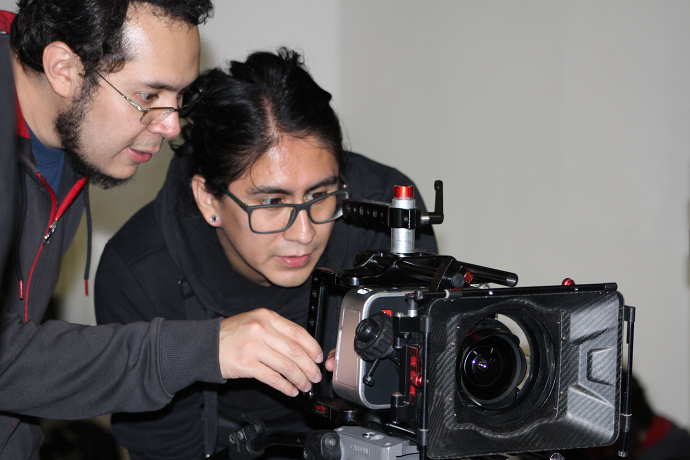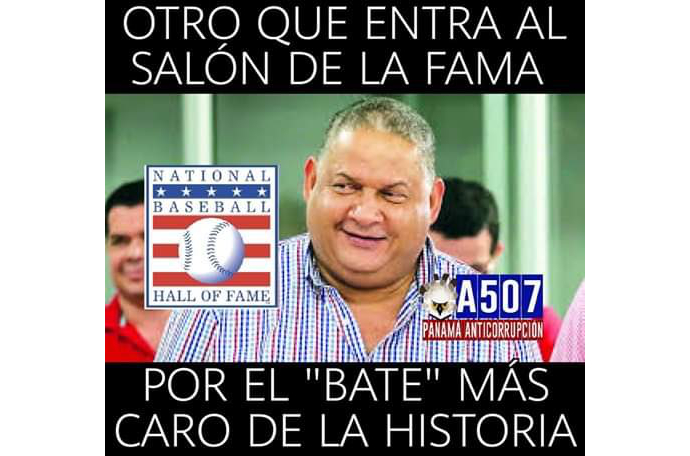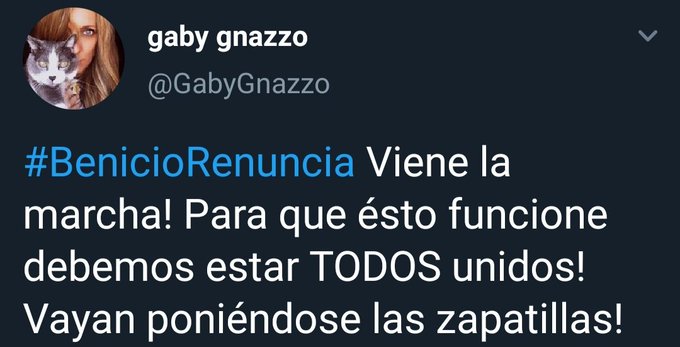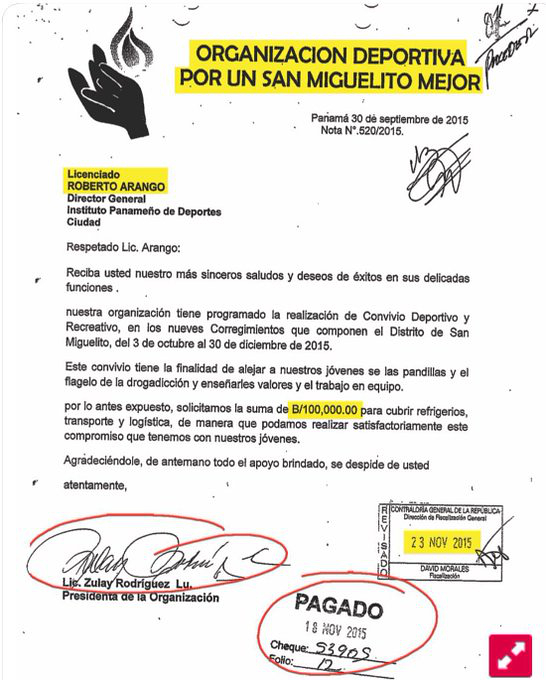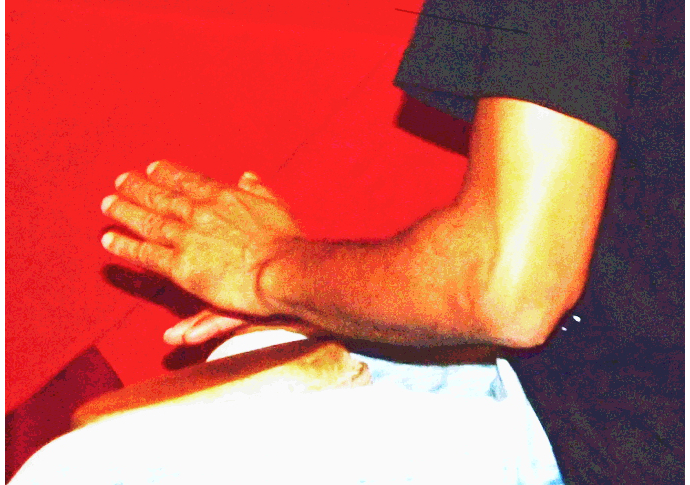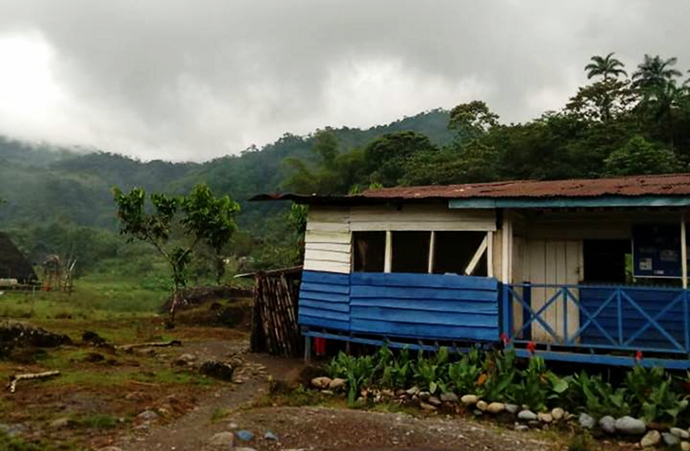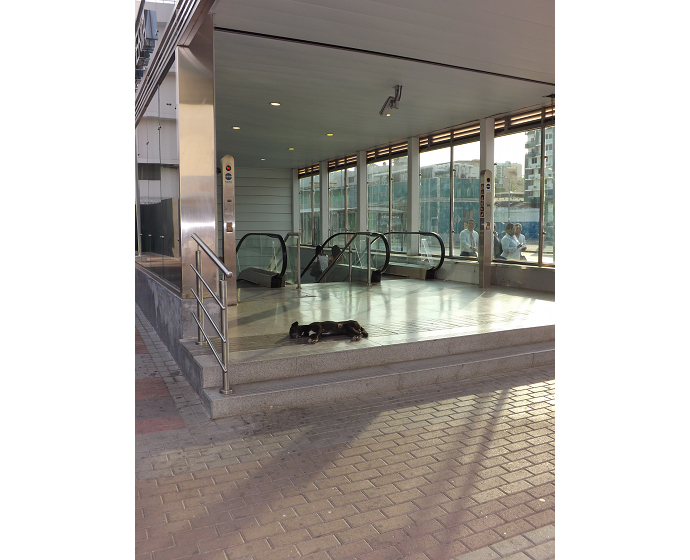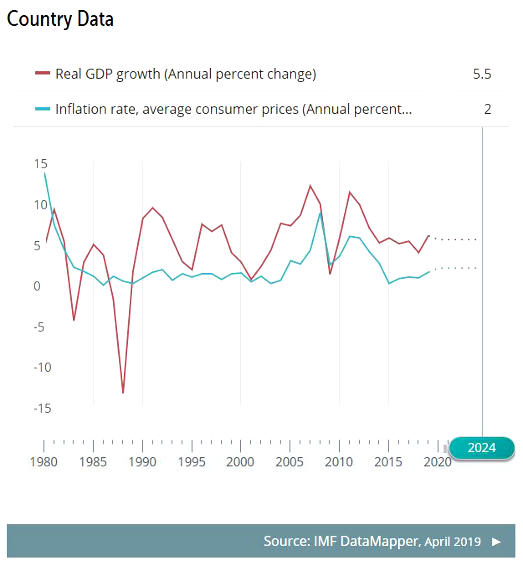Part 1 of July’s debate, with notes and different Democrats’ takes
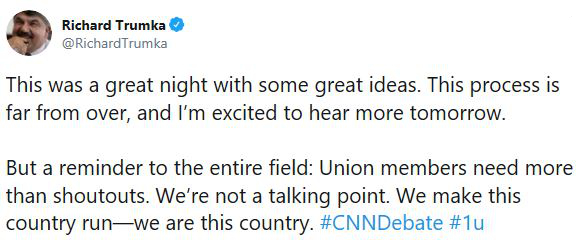
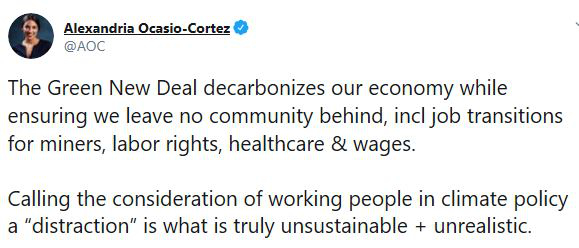
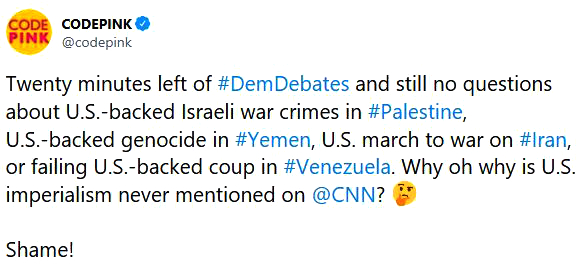

Eric Jackson’s debate notes, night 1
Hickenlooper and Delaney go after the left in their opening statements.
I like Warren’s opening best. She, Bernie and Buttigieg right off the bat stood out from the others in the openings.
Buttigieg states the problem in starkly, perhaps alarmist, terms. He says that we can’t go back to the past. He doesn’t really say what ought to be done. Perhaps we will hear some specific ideas from him yet.
–
Delaney comes out swinging against Bernie on health care – really, in defense of the insurance companies – and then both Bernie and Elizabeth rise to defend Medicare for All. I LIKE these two ganging up.
–
Bullock “won’t support any plan that rips away quality health care from individuals.” As if the present system is high quality.
–
Ryan thinks that union members who lose their jobs would be better off with private health care once the companies cut that off, too?
–
“Republican talking points” – Warren mentioned them in responding to Delaney, Bernie blew off a Jake Tapper question as one of those, and then Buttigieg got into a rap about how fashioning Democrats’ discourse around what Republicans will say is foolish.
All good points. With Buttigieg, the question remains that if you don’t fashion what you say based on GOP responses, all well and good – but just what does he stand for?
–
Elizabeth sounded slightly garbled about now criminalized border crossings, but people could get that she wants to decriminalize and is against family separations.
–
Ryan makes a run at Sanders over Medicare for All, and Sanders handles it quite well.
Sanders also laid out the paradigm so well without talking any “isms” when Delaney renewed the attack – Delaney said that Sanders doesn’t understand the health care business and Sanders said it isn’t a business. WHAM!
–
Back to the border. Bernie and Elizabeth are for decriminalizing border crossing. Buttigieg tries to play it both ways, talking about criminal prosecution if there is fraud involved. But having dealt just a tiny bit with Border Patrol guys in Detroit way back when, they’re the most racist law enforcement agency I have seen and Buttigieg again just doesn’t get it about racism in America. Beto also tried to play it both ways, but with more humanity, nuance and knowledge than the mayor showed. Hickenlooper fell into one of these ‘all they do is bicker’ routines, which allowed him to, beyond saying he’s not into family separations and kids in cages, mostly duck the question.
–
Hickenlooper the scold, Sanders throws his hands up, and Hickenlooper scolds about that too. No damage to Bernie, IMO.
–
She didn’t call it that, but Warren unloaded on the red-baiters. When they bait her as too far left to win, look at where she is in the polls and where they are.
–
Bernie: “To win this election and to defeat Donald Trump — which by the way, in my view is not going to be easy — we need to have a campaign of energy and excitement and of vision. We need to bring millions of young people into the political process in a way that we have never seen by among other things, making public colleges and universities tuition free and canceling student debt.”
–
AH, CLIMATE CHANGE! Buttigieg notes the oft-cited UN report. But the change is here and perhaps the biggest question is what the candidates would do to adapt. And the one with the most comprehensive grand plan? It’s going to be a matter of collective thinking, much like the 1930s New Deal was. Leadership will matter more than detailed plans.
–
Delaney is against a Green New Deal and say he has a more “realistic” plan. Market based, no doubt.
–
“We can’t choose a candidate we don’t believe in just because we’re too scared to do anything else.” Another memorable line by Warren.
–
CNN lamely goes after Sanders about his claim that half of Americans live paycheck to paycheck. It is, of course, an imprecise claim but a demonstrable reality. Maybe not if your paycheck is from CNN.
–
Williamson gets into the Flint and Grosse Pointe comparison, CNN can’t spell the upscale neighborhood’s name right, and Williamson didn’t get into half of he viciousness of what was done to Flint and why. But she brought up the reality of environmental racism, which was a very important thing to do.
–
Williamson is the Grosse Pointe lady who upholds the necessity of the private insurance companies? Had she ever held public office to build up some goodwill, she might carry Michigan with that. But given who and what she is I expect it wouldn’t play with most Detroiters, or most Michigan primary voters.
–
The thing about civil vs criminal liability for border crossing and the relationship of that to family separations is real yet beside the point. Were it just a civil infraction Trump would do the same thing. The family separation issue and practices and attempted practices is a hydra-headed evil. As in, if there are to be impeachment investigation a deep and thorough public inquiry is called for.
–
Don’t think that Mayor Pete explained his record in a way that’s going to convince a lot of black voters.
–
Delaney wants to revive the TPP? That’s delusional. That goes right to the problem of the centrist argument that we can go back to what was. Even were it desirable, what was is broken and won’t be fixed. The way forward in the emerging paradigm is not a revived US-led economic empire, which is what TPP was about – a coercive US-led coalition against China that really didn’t do anything for Americans or the citizens of the other countries involved, just to block China.
–
Delaney goes after Warren over her proposed wealth tax. He loses it about fairness. She may or may not win much with her proposal, because tax laws are these messy compromises even at best. On the notion that the very rich don’t pay their share and should, especially among Democratic primary voters she win that point.
–
Warren goes after NAFTA 2.0. It’s likely to pass with almost all Republicans and a bunch of Democrats. She laid out good reasons why it should not pass. But after all these years things have changed and it’s not really possible to go back to the status quo ante that was there before NAFTA. (Which isn’t really what she’s advocating.)
–
Williamson is for reparations, which is a popular stand in Detroit. How practical is another question.
–
To recognize that forced labor is one of the cornerstones of any prosperity America has had is not a small part of understanding where the country is now, even if there are no living former slaves. Reparations for Jim Crow? One might ask what about reparations for stolen Native lands, and if the response is that there were treaties about it and that’s the only response it would be a lame answer. Reparations for violations of the Treaty of Guadalupe Hidalgo in California? Another great injustice, which mostly does not apply to the current Hispanic communities of that state, who came later, or whose ancestors did. Was affirmative action “reparations” for any of that, and to the extent that it may have been, how does that get calculated into the equation? Questions like these are why there is no reparations bill before Congress, but only a proposal to study the question.
–
Beto also supports reparations, or rather the bill to study it. His defense of it was perhaps his best moment of the night.
–
WHAT?!?!? Elizabeth isn’t into going around the world threatening everyone with nukes? Will someone call her an anti-Semite or a communist or a wimp or something?
–
Sunset bill on war authorizations? Good idea, Pete. It would have required a re-authorization in World War II and the Civil War the way he says it. Such bills would have passed. The problem is wars without informed authorization in the first place.
Pete never was an antiwar activist. But being for withdrawal from Afghanistan keeps him among the options for a lot of antiwar Democrats.
–
Beto takes an even more forthright antiwar stand – get out of the wars we are in, don’t start new ones – and then Hickenlooper lays into him with a light at the end of the tunnel routine about Afghanistan. We really have not heard a systemic set of ideas about when to go to war or the basic principles of foreign policy from any of the candidates. Maybe that’s a calculation by all that it flies over the heads of most voters. But the old paradigms are gone and we need to have some discussion about the emerging new ones.
–
Buttigieg handled the age question perfectly.
–
Pete takes the safest possible way to disagree with the NRA.
–
Williamson, Sanders and Warren had reasonable closings. The rest didn’t. Pete was so very enthusiastic about nothing in particular. Most of the rest talked about how divisiveness is the big problem, as if they are going to go back to 20th century comity with the current crew of Republicans.
–
Takeaways? No significant movements — up or down, to or from — between the top tier and the lower tier. Let’s see what the polls indicate about the relative performances of Warren, Sanders and Buttigieg and whether or not my basic assessment is in line with other Democrats’ thinking.
These links are interactive — click on the boxes















